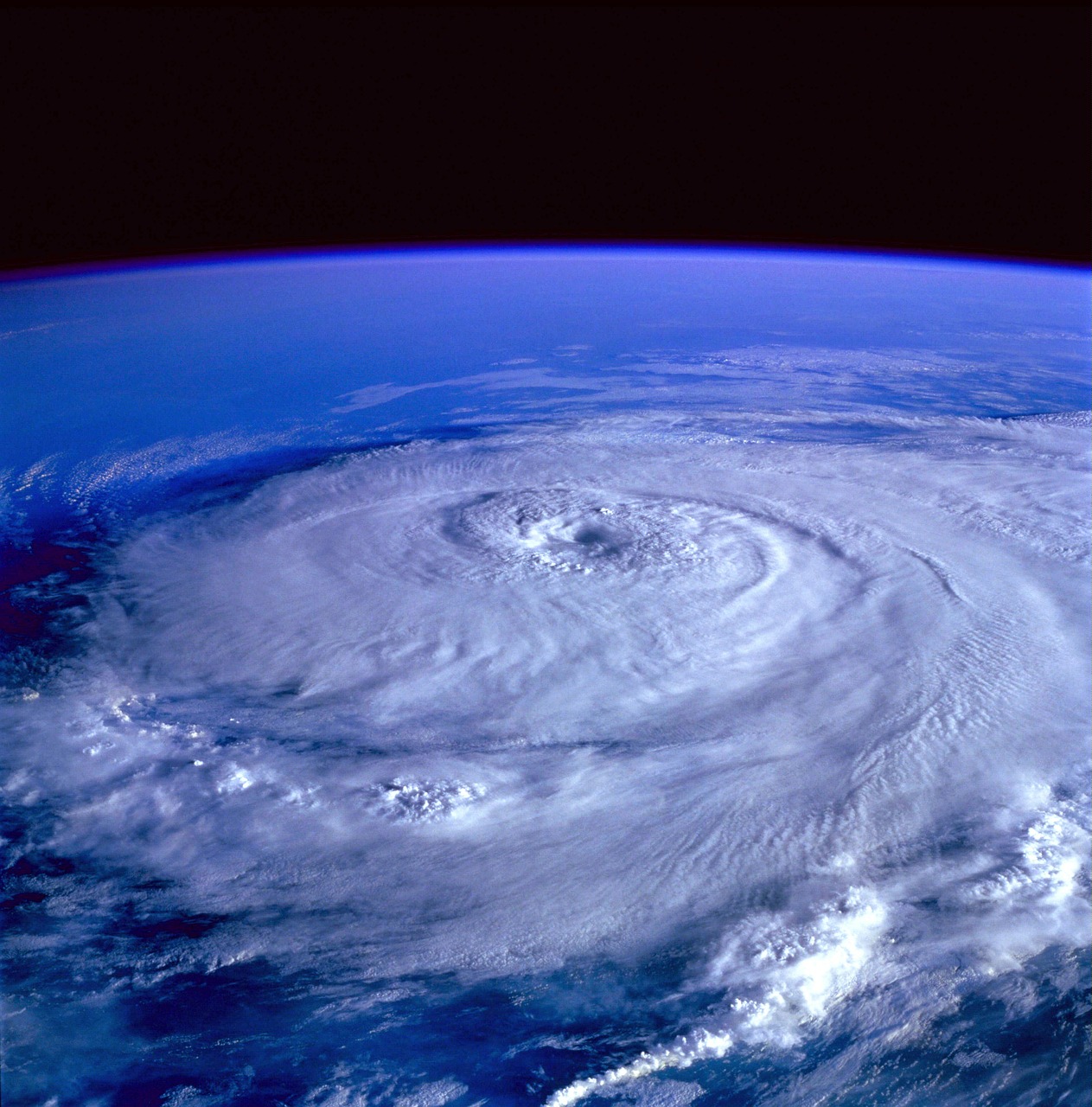
Hurricane effects are increasing in recent times; every day we hear in the news reports of a new high-impact meteorological phenomenon in different parts of the globe. Accordingly, scientific evidence strongly suggests that global weather is a changing product of anthropogenic activities and that extreme meteorological events such as hurricanes, typhoons, droughts, and frosts will increase in frequency and intensity.
Coastal ecosystems have always been exposed to those events, therefore they have evolved a tight relationship with them and species inhabiting those ecosystems have special characteristics that allow them to recover after destruction produced by high winds and torrential rainfall. However, since hurricane frequency is increasing, we are unsure if those ecosystems will be able to cope with shorter recovery periods.
Ecosystem functioning is linked with the relationships that species establish between them. Healthy ecosystems are characterized by complex interaction networks where herbivores eat plants, pollinators visit flowers, predators eat herbivores, mycorrhiza are associated with plants, and so on. Therefore, to measure ecosystem function, you must evaluate species interactions.
With the aim of understanding ecosystem function resilience in tropical coastal dry forests to extreme meteorological events, we evaluated ecological network recovery after a hurricane. In particular, we investigated weather plant-lepidopteran interaction networks are able to reestablish after hurricane incidence in a coastal tropical dry forest in Mexico. Hurricane Jova (category 2 in the Saffir Simpson scale) struck the coasts of Colima and Jalisco, Mexico on October 10th, 2011. During the hurricane, maximum wind intensities reached 205 km/h, with gusts of up to 250 km/h. Jova lasted 168 h, advancing 2000 km at an average speed of 12 km/h and producing 187.9 mm of precipitation in two days in the region.
We have been studying plant- lepidopteran interactions in a tropical dry forest in the Pacific coast of Mexico since 2007. The region is subject to continuous land use changes due to agriculture and cattle ranching; therefore, originally, we wanted to understand how those landscape changes affect plant-herbivore interactions. We set up twelve permanent plots with different forest successional stages where we sample lepidopteran larvae feeding on tree species. Since 2007, we have identified more than 500 lepidopteran species feeding on 140 tree species. Previous to the hurricane Jova, plant-lepidopteran interaction networks were different depending on the successional stage they were found. Ecological networks were smaller in the first stages of succession (pastures) and more robust in later successional stages (mature forests).
After the hurricane, plant-lepidopteran networks in the tropical dry forest showed a general decrease in most network parameters in all successional stages. There were fewer species interacting, also the number of compartments and lepidopteran specialization diminished. However, it is interesting that even though the hurricane-affected plant-lepidopteran interaction networks, the topology related to forest succession remained unaltered after the passage of the hurricane, demonstrating the long legacy of the human footprint on ecosystems. Anthropogenic effects related to climate and land-use change have profound impacts on biodiversity. With this study, we found that hurricanes also affect plant-lepidopteran interactions.
These findings are described in the article entitled Hurricane impacts on plant-herbivore networks along a successional chronosequence in a tropical dry forest, recently published in the journal Forest Ecology and Management. This work was conducted by N. Luviano, K. Boege, A. Zaldívar-Riverón, and E. del-Val from the Universidad Nacional Autónoma de México, and E. Villa-Galaviz from the University of Bristol.









